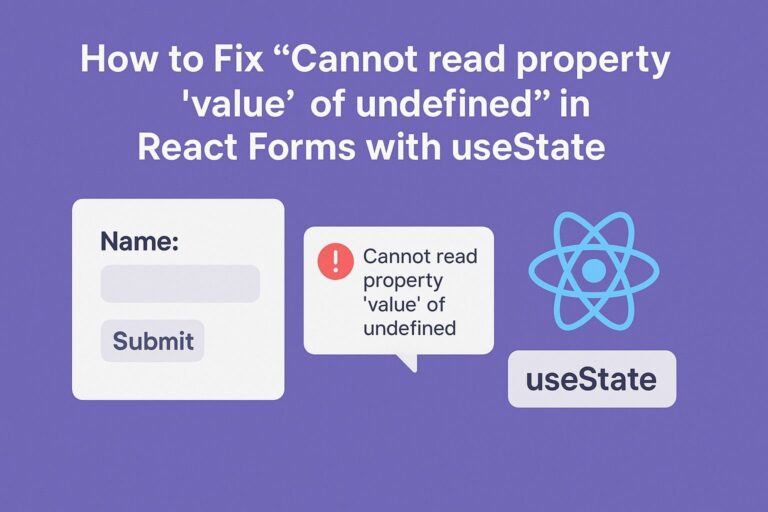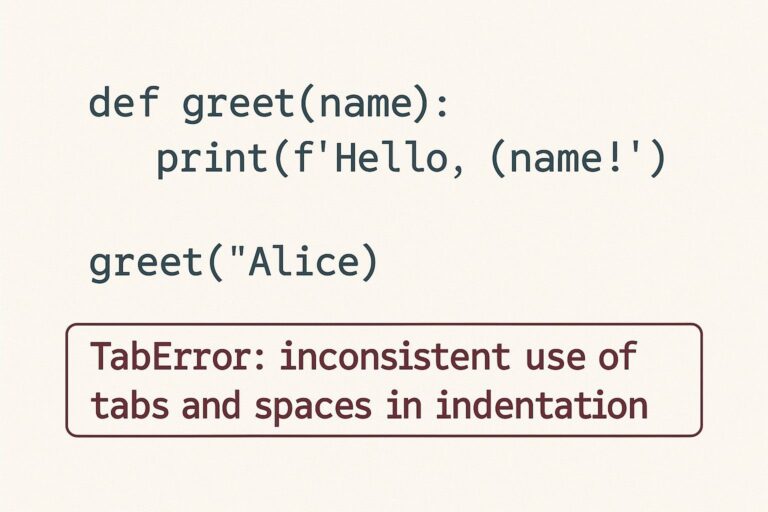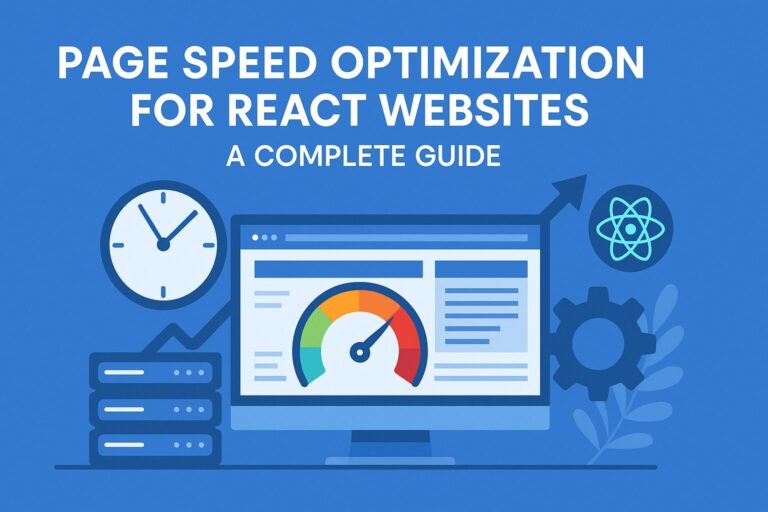
The Fetch API is a modern, built-in JavaScript interface that allows developers to make HTTP requests in the browser. It is used to retrieve resources from servers or APIs and is a powerful alternative to the older XMLHttpRequest method. Whether you’re building a simple website or a complex web app, understanding how to use the Fetch API is essential for working with asynchronous data.
This article will walk you through the core concepts of the Fetch API, how to make various types of requests, handle responses, deal with errors, and use advanced features like custom headers, request configurations, and request cancellation.
What Is the Fetch API?
The Fetch API provides a fetch() method that returns a Promise. It allows you to make network requests to retrieve or send data to and from web servers asynchronously.
Syntax
fetch(url, options)
.then(response => {
// Handle the response
})
.catch(error => {
// Handle any errors
});
url: The endpoint or resource you want to access.options: (Optional) An object containing configuration like HTTP method, headers, body, and more.
Performing a Basic GET Request
To retrieve data from a server, such as a JSON file or an API endpoint, use a GET request:
fetch('https://api.example.com/data')
.then(response => {
if (!response.ok) {
throw new Error('Network response was not ok');
}
return response.json();
})
.then(data => {
console.log(data);
})
.catch(error => {
console.error('Fetch error:', error);
});
Making a POST Request with JSON Data
To send data to a server:
fetch('https://api.example.com/users', {
method: 'POST',
headers: {
'Content-Type': 'application/json'
},
body: JSON.stringify({
name: 'John Doe',
email: 'john@example.com'
})
})
.then(response => response.json())
.then(data => {
console.log('Success:', data);
})
.catch(error => {
console.error('Error:', error);
});
Handling Different Response Types
Text Response
fetch('/message.txt')
.then(response => response.text())
.then(text => {
console.log(text);
});
Blob (Binary Data)
fetch('/image.png')
.then(response => response.blob())
.then(blob => {
const imgURL = URL.createObjectURL(blob);
document.querySelector('img').src = imgURL;
});
FormData Submission
const formData = new FormData();
formData.append('username', 'testuser');
formData.append('file', fileInput.files[0]);
fetch('/upload', {
method: 'POST',
body: formData
})
.then(response => response.json())
.then(data => console.log(data));
Adding Query Parameters to the URL
const params = new URLSearchParams({ userId: 123, status: 'active' });
fetch(`https://api.example.com/users?${params.toString()}`)
.then(response => response.json())
.then(data => console.log(data));
Setting Custom Headers
fetch('https://api.example.com/secure-data', {
headers: {
'Authorization': 'Bearer your_token_here',
'X-Custom-Header': 'value'
}
})
.then(response => response.json())
.then(data => console.log(data));
Using Async/Await
async function fetchData() {
try {
const response = await fetch('https://api.example.com/data');
if (!response.ok) {
throw new Error('Request failed');
}
const data = await response.json();
console.log(data);
} catch (error) {
console.error('Error:', error);
}
}
fetchData();
Advanced Error Handling
fetch('/api/data')
.then(response => {
if (!response.ok) {
throw new Error(`HTTP error: ${response.status}`);
}
return response.json();
})
.then(data => console.log(data))
.catch(error => console.error('Fetch failed:', error));
Aborting Requests
const controller = new AbortController();
fetch('/api/data', { signal: controller.signal })
.then(response => response.json())
.then(data => console.log(data))
.catch(error => {
if (error.name === 'AbortError') {
console.log('Fetch aborted');
} else {
console.error('Fetch error:', error);
}
});
setTimeout(() => controller.abort(), 3000);
Common Use Cases
- RESTful API communication (GET, POST, PUT, DELETE)
- Fetching JSON or text resources
- Submitting form data and files
- Making authenticated requests
- Live data polling and real-time updates
- Loading external resources like images, PDFs, or videos
Best Practices
- Always check for
response.okto handle HTTP errors - Use
async/awaitfor readability and cleaner error handling - Use
try/catchblocks to handle exceptions - Abort long or unnecessary requests to save bandwidth and resources
- Use descriptive error messages to assist debugging
- Apply retry logic for failed requests when needed
Conclusion
The Fetch API is an essential part of modern JavaScript development. It provides a powerful, promise-based interface for interacting with web resources and APIs. By mastering Fetch, developers can create efficient, reliable, and responsive web applications that communicate seamlessly with backend services.

I’m Shreyash Mhashilkar, an IT professional who loves building user-friendly, scalable digital solutions. Outside of coding, I enjoy researching new places, learning about different cultures, and exploring how technology shapes the way we live and travel. I share my experiences and discoveries to help others explore new places, cultures, and ideas with curiosity and enthusiasm.






